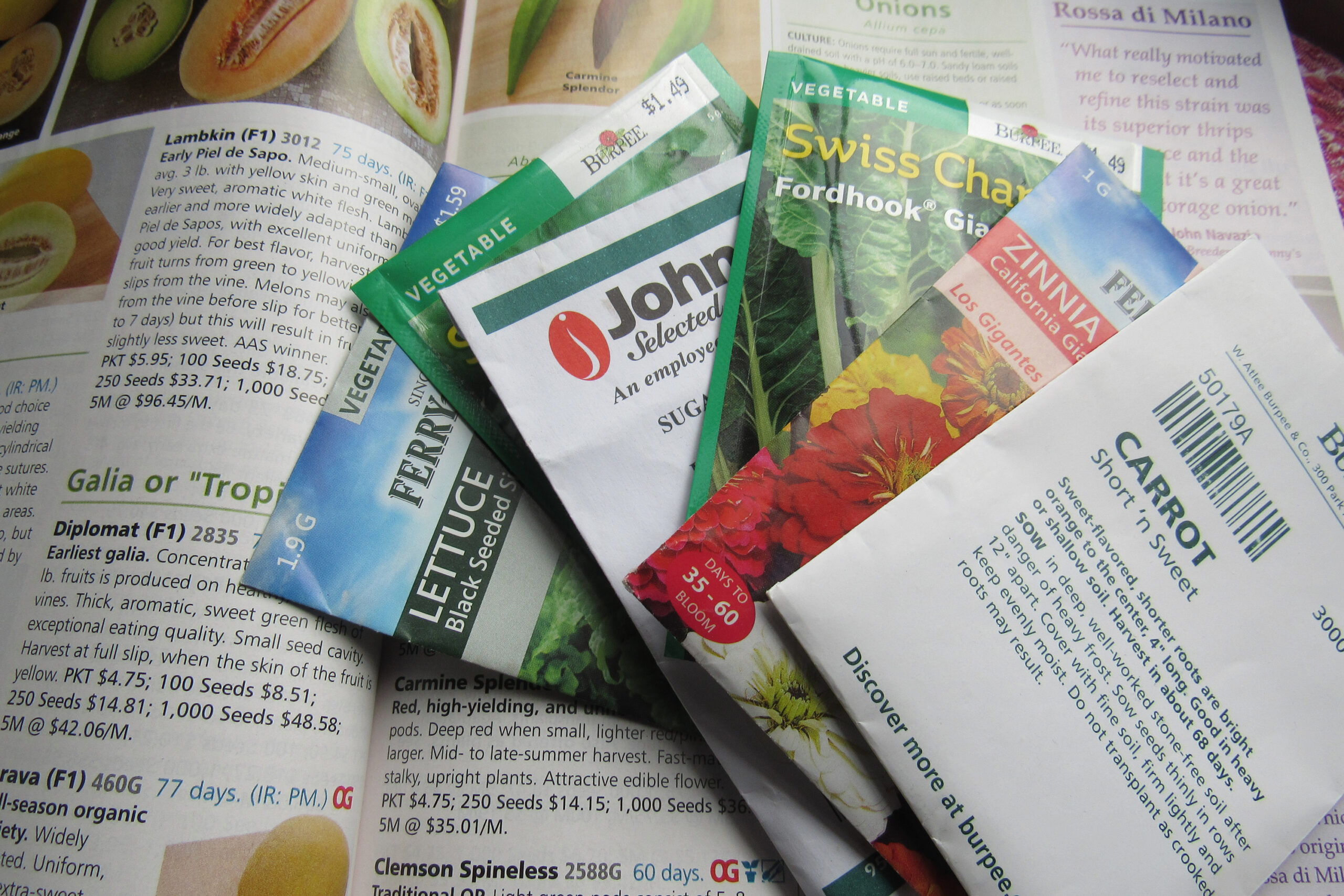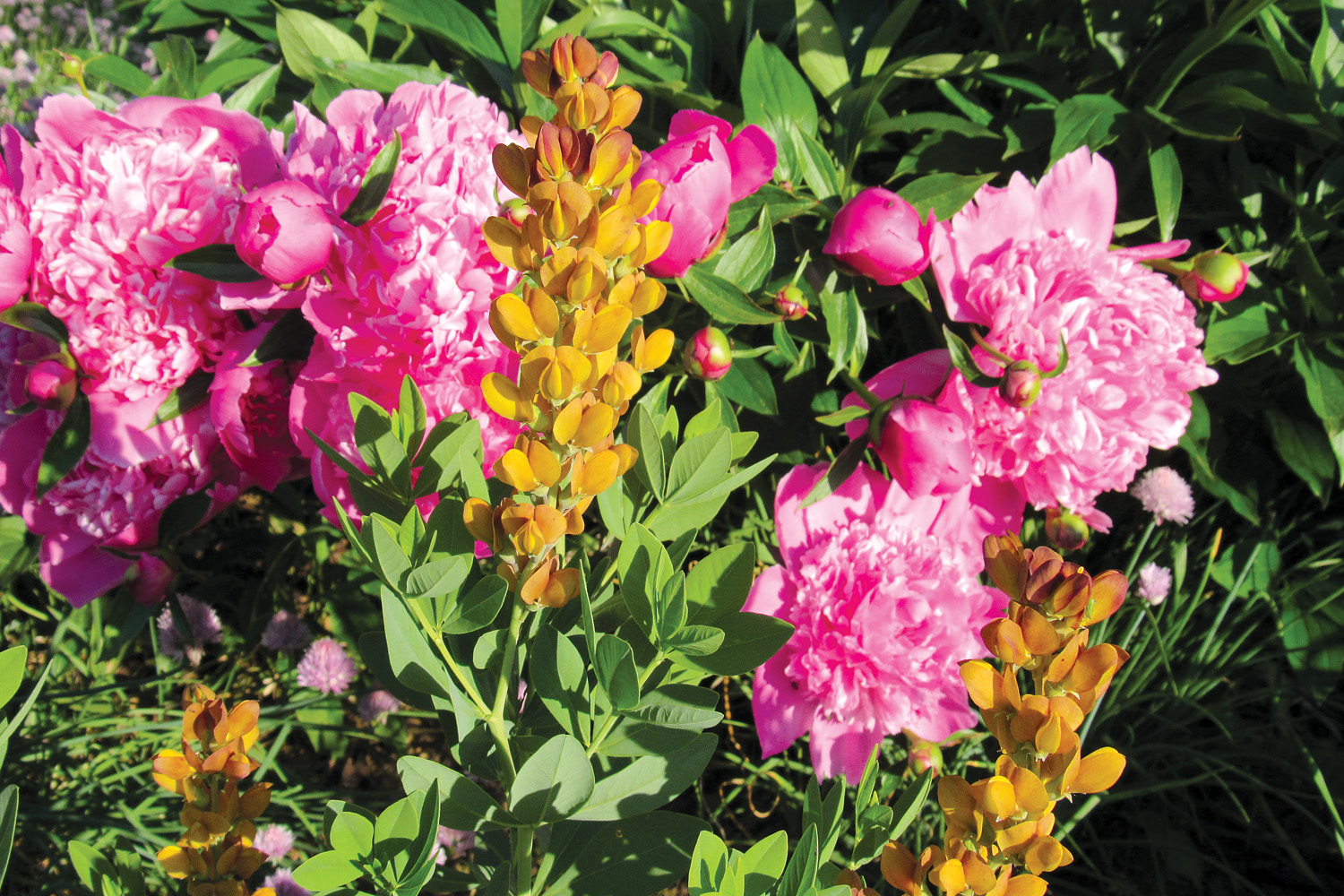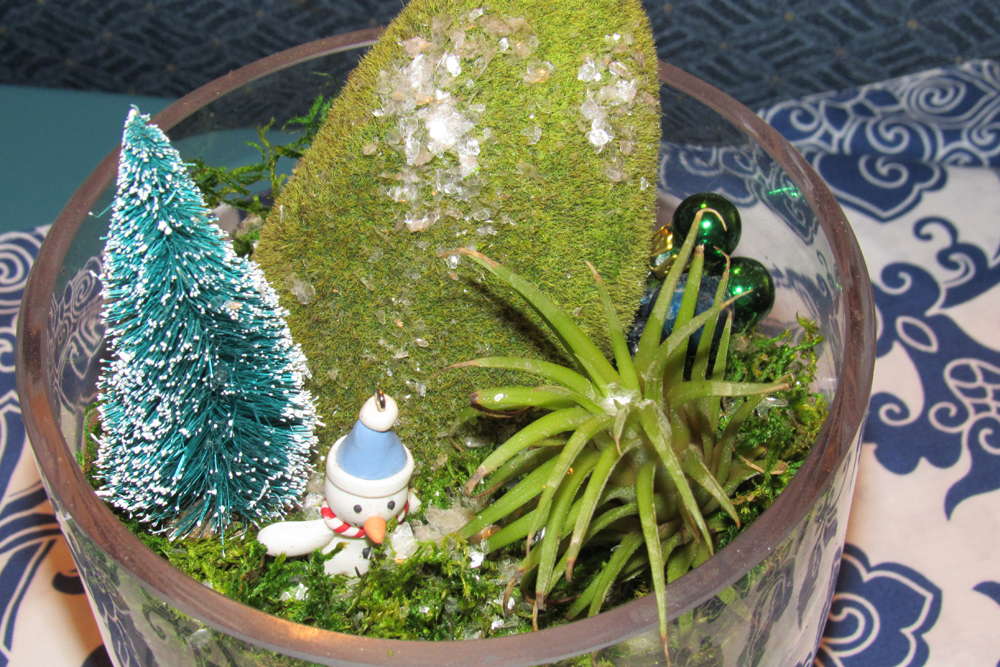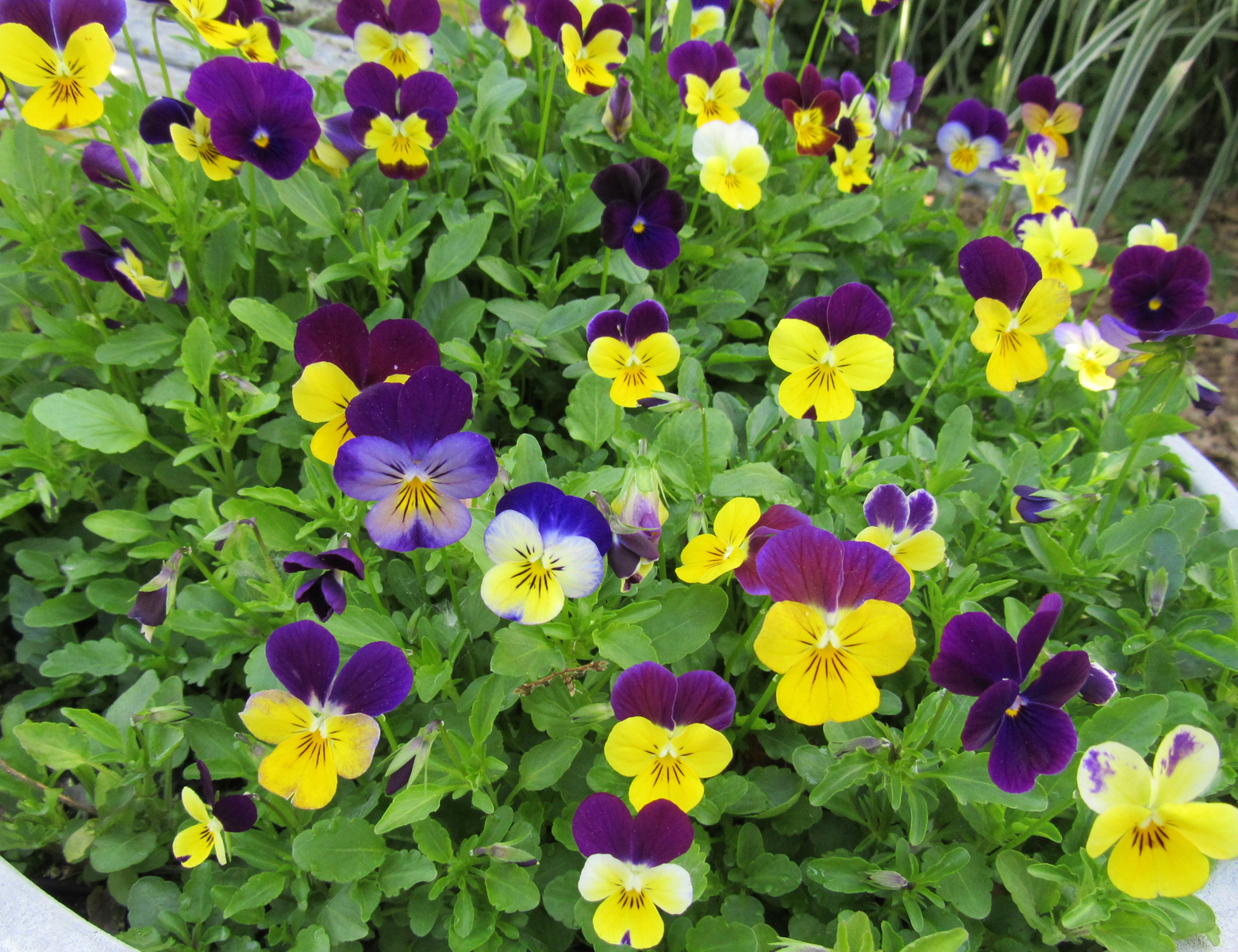Starting plants from seed

Are you planning to start some seeds for your garden this year? Winter, especially mid-to-late winter, is the time to make seed buying choices and prepare to start some of those seeds indoors. COVID has pushed gardening from an already popular home-based activity to even greater heights, and if you are going to purchase or start seeds indoors for the first time, some guidance may be helpful.
The National Garden Bureau advises that when purchasing seeds from catalogs or online, make sure you know the merchant and their reputation. Research vendors, especially if you are purchasing through a third party like Amazon, and remember to stick with URLs that begin with https rather than just http to make sure the site is secure. Local garden centers are also a great source for seed and seed starting materials, as well as advice!
Also, contrary to what many have heard, the National Garden Bureau says there is no seed shortage this year, and that seed companies pack seeds annually for freshness and rigorously test seeds for quality and purity.
Before you purchase seeds, consider how much space and time you have for your garden. Seeds are an economical way to produce your own food, but high-quality seed (which is really what you want) can be expensive. With seed packets hovering around $5 each, you can easily spend a large sum of money before you realize it, and many of those seeds may go to waste. Yes, you can save extra seed for next year, but the germination rate will decline over that time. Purchase only the seed amount you need and grow vegetables you know your family will enjoy or are enthusiastic to try.
Seed packets and seed catalogs are a great resource and provide incredible amounts of information such as culture – what the plant needs to thrive, including soil conditions as well as sun or shade preference; when to start the seed inside; time to germination; and tips for harvesting mature crops. Take time to read the information provided in seed catalogs, and remember to read your seed packets carefully.
Starting seed indoors works best for vegetables and flowers that need plenty of time to mature. Here in Western New York, we have a relatively short growing season. Frosts can occur as late as the end of May and as early as late September. Growing from seed allows you to grow varieties of tomatoes, peppers, and other vegetables you might not find in plant form at the garden center later this spring. These warm-season plants need time to germinate and grow so that you can harvest well before the threat of killing frost.
To determine seed starting time, read the seed packet for details on when to start, proper planting depth, and ideal germination temperatures. Different plants need different amounts of time between planting the seed and transplanting outside. For example, Brussels sprouts, cabbage, broccoli, and celery need as long as 12 weeks; peppers and tomatoes need eight weeks, flowers like celosia do well with about four weeks.
Make sure you check for instructions about whether your seeds need light to germinate, and prior to planting, keep your seed packets in an airtight container, in a dry location between 65 and 75 degrees Fahrenheit.
A few additional tips: look for disease-resistant varieties, if you are growing tomatoes, for example, look for the VFN designation after their name, which indicates the plants will be resistant to verticillium and fusarium wilt and nematodes; use clean containers and a good seed starting mix; start with moistened seed starting mix and move to careful watering after planting – a spray bottle works well; provide warmth and lots of light, especially for tomatoes and peppers. Hanging shop lights just above your seedlings works well, as light from a window may not be enough.
The best part about purchasing and starting seed? It means that spring and a new growing season are not far away!





